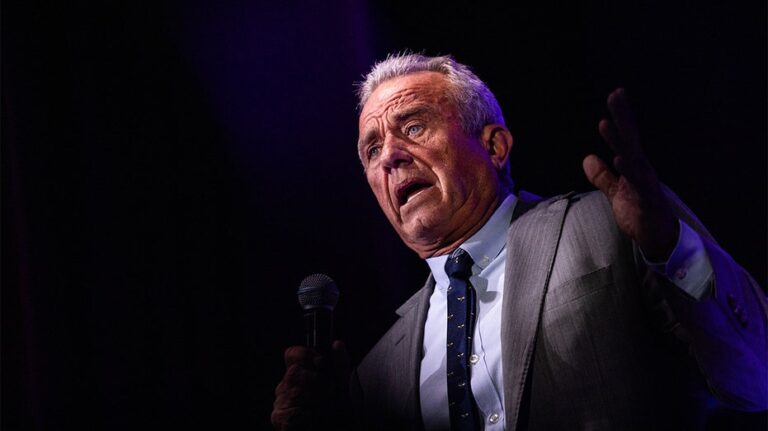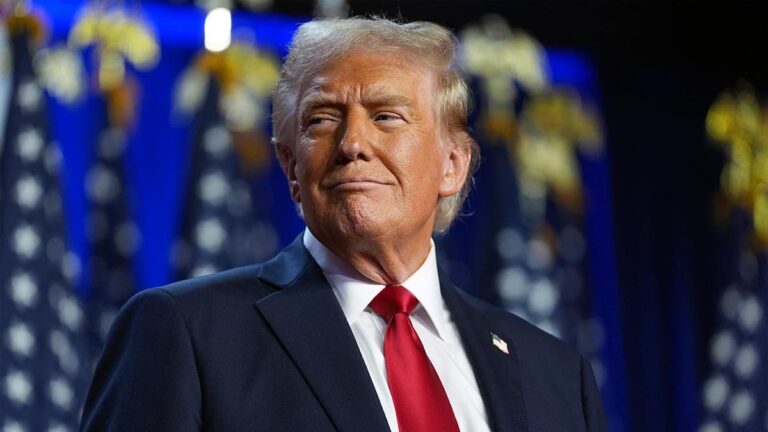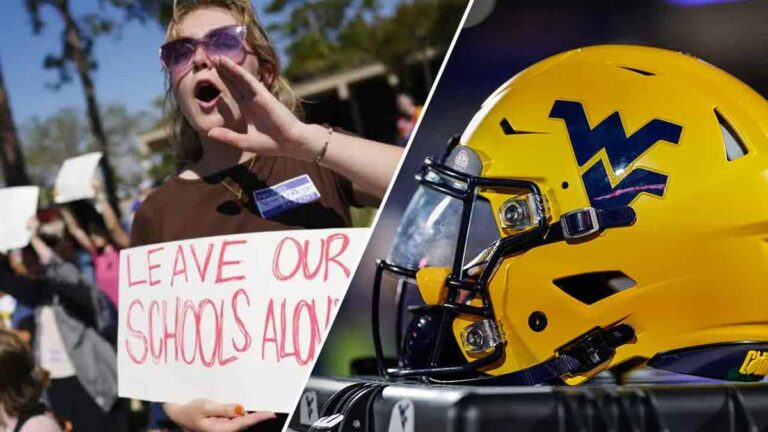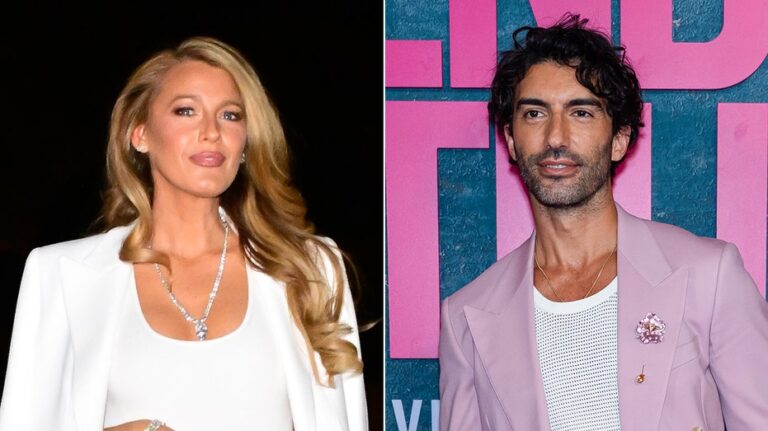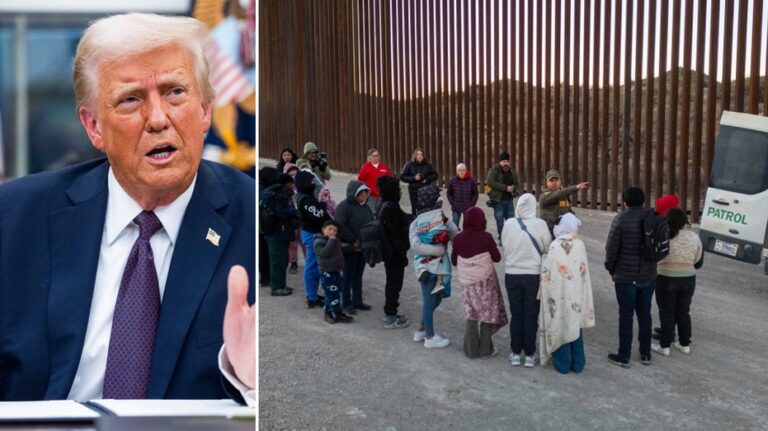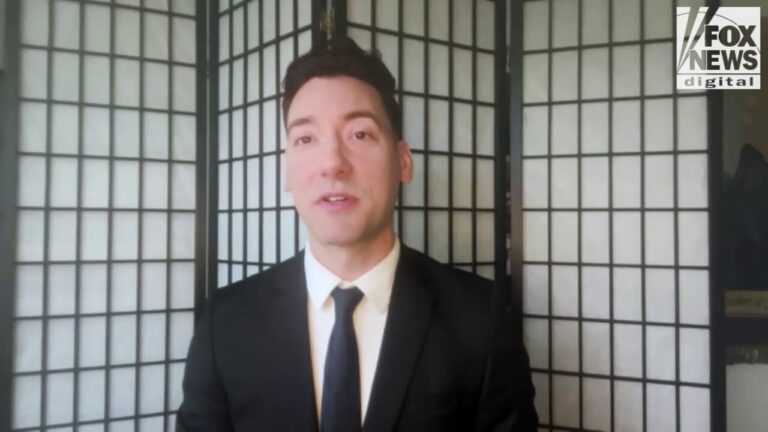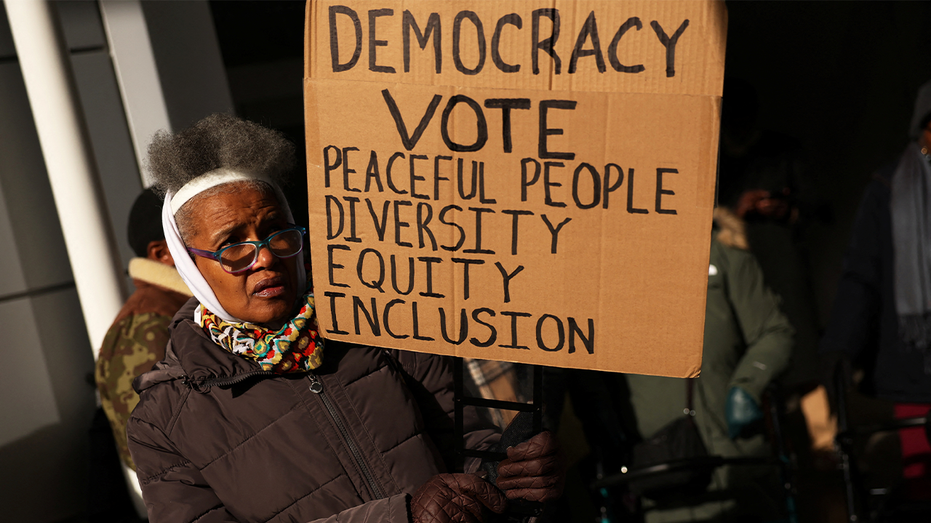
Trump’s DEI orders follow legitimate criticism of Diversity, Equity and Inclusion. But authentic diversity is the hallmark of the American system and helped make this nation great.
In late January, the Trump administration announced sweeping directives aimed at dismantling the DEI Industrial Complex. Not surprisingly, the fallout has been swift and furious.
Efforts to address racism and sexism have long been contentious in a country with a long history of institutional discrimination, and heavy-handed attempts to promote diversity, equity and inclusion have drawn criticism for being divisive and counterproductive.
As someone who helms a nonpartisan organization that advocates for civil liberties, I have experience navigating these choppy waters, and growing concerns about our ability to reckon with DEI’s legacy. As the political pendulum swings decisively away from these initiatives, I worry that we risk losing something valuable: the rich diversity America has always thrived on.
DEPARTMENT OF VETERANS AFFAIRS PLACES 60 DEI EMPLOYEES ON LEAVE WITH SALARIES TOTALING MORE THAN $8M
Calls to kill DEI have grown steadily over the past few years as outspoken critics like entrepreneur Elon Musk and liberal billionaire Bill Ackman have argued that schemes purporting to end discrimination have “replace[d] it with different discrimination.” It’s easy to see why. Three seemingly innocuous words that most Americans would not find objectionable in theory have become problematic when applied in practice.
Under DEI’s rubric, “Equity” isn’t a tool used to level the playing field, but a means of restitution to atone for past systemic injustices. “Inclusion” isn’t an invitation for all to participate, but a way of excluding those with “privilege,”i.e. White people (especially men), and most recently Jews. Perhaps the greatest casualty of DEI is the bastardization of “Diversity,” a concept that was once the bedrock of the American experiment but is alienating those who used to support it.
“Diversity” is especially prone to misuse because it’s inextricably tied to another lightning rod: affirmative action. When President Lyndon B. Johnson signed Executive Order 11246 in 1965, America looked far different than it does today. Eleven years later, Brown v Board of Education had outlawed segregation in public schools, but blatant discrimination persisted.
In this climate, it made sense for the federal government to take “affirmative action to ensure equal opportunity based on race, color, religion, and national origin.” Importantly, these factors were never intended as substitutes for skill or ability; they were considered solely for the purpose of combating lingering institutional discrimination.
Over time, efforts to ensure equal opportunity morphed into aggressive campaigns to promote diversity — which wouldn’t have been a problem if our understanding of diversity had not narrowed so dramatically. Forty years ago, diversity encompassed a wide range of traits, backgrounds and experiences. In employment, it might mean speaking multiple languages or having a unique skill. For college, it might mean growing up in a foreign country, coming from a single-parent household, or being raised in the Bible Belt.
Diverse candidates often came from socio-economically challenged backgrounds, but these challenges also influenced how they identified problems and shaped their approaches to solving them. At its best, diversity brought unique perspectives reflecting a wide range of social and political beliefs, worldview and, especially, class. In this context, immutable characteristics such as race and sex were important aspects of diversity but were by no means the only factors to be considered.
This version of diversity tracks with our country’s long history of assimilating Irish, Italian, Jewish and other immigrant groups whose experiences contributed to the kaleidoscope of American culture. A diverse population helped us meet new challenges, craft innovative solutions and fuel progress that propelled America throughout the 20th Century.
By contrast, DEI initiatives promote diversity that’s become thinly veiled code for a handful of identity characteristics: race, sex, sexual orientation and gender. This myopic vision of diversity is not only legally precarious, but also minimizes the valuable contributions of other individuals.
Even more worrisome is that DEI schemes don’t contemplate diversity as merely one factor to be considered in leveling the playing field; instead, diversity has become the goal, taking precedence over all other considerations — including merit.
In deconstructing the impact of the Trump administration’s executive orders, the New York Times bemoaned a return to “a merit-based system in which diversity might be an outcome, but is never the goal.” In the eyes of DEI advocates, a “colorblind” America that emphasizes merit at the expense of diversity is apparently something to be avoided at all costs.
In fact, the idea of diversity disconnected from merit is at odds with the values of most Americans. A 2002 survey by the Cooperative Election Study found that seven in 10 respondents oppose race-based admissions in higher education. When participants were asked to play the role of a medical school admissions officer, the overwhelming majority made their decisions based on merit-based, race-neutral criteria.
CLICK HERE FOR MORE FOX NEWS OPINION
A commitment to narrowly defined diversity has other unintended consequences — chiefly, undermining people who DEI aims to support by inviting needless speculation about their skills or abilities based on perceived identity. Former Vice President Kamala Harris was labeled a “DEI hire” after President Joe Biden famously vowed to pick a woman as his running mate.
Los Angeles Mayor Karen Bass, who is Black, and Los Angeles Fire Chief Kirstin Crowley, who is gay, have also suffered from DEI’s bad branding. Unquestionably, the city’s widely advertised campaign to promote diversity, equity, and inclusion contributed to a presumption of incompetence that fueled backlash for alleged mishandling of the city’s wildfire crisis.
Most distressing, even those who embrace classical liberal values of fairness and equal opportunity are getting skittish when it comes to diversity. In private meetings with donors, some wonder if my organization’s support for “diversity without division” might be confused with DEI’s negative attributes.
Others weary of identity politics wonder if we’ve moved beyond the need to consider diversity at all as we return to a colorblind society. If the people who are invested and paying close attention to these issues are confused about what diversity means, we’re in trouble.
DEI may not be worth saving, but authentic, holistic diversity that reflects our shared values of equality and meritocracy must be preserved at all costs. In doing so, we will empower members of all underrepresented groups and foster the vibrant culture that has allowed America to excel. As the pendulum cycles in a new direction, let’s keep a level head and not throw the diversity baby out with the DEI bathwater.
